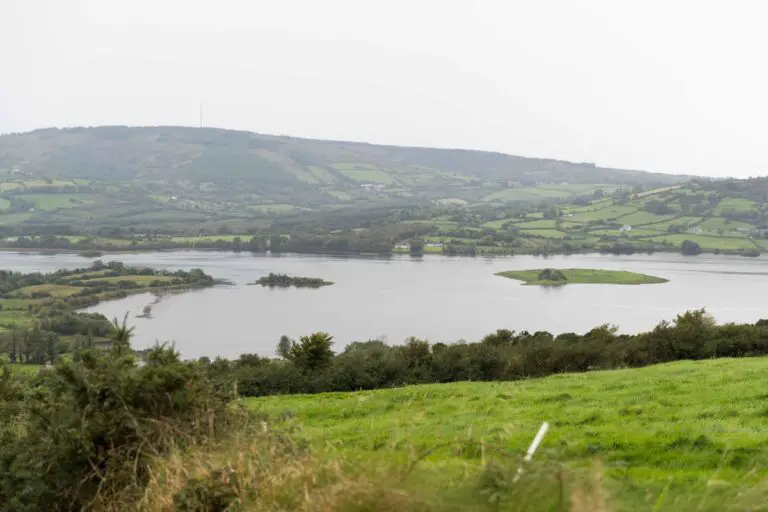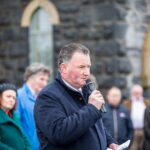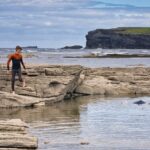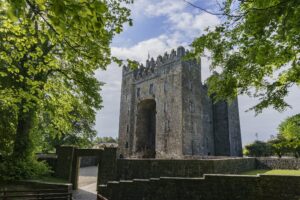*Flagmount surrounding Lough Graney.
Areas surrounding Lough Graney in North East Clare have been selected for inclusion in the EU-funded Waters of LIFE project to protect Ireland’s most pristine river catchments.
The catchment area is one of six nationally to be included in this project, launched by Minister of State for Heritage and Electoral Reform Malcolm Noonan TD (GP). The Shournagh near Tower and Blarney in Cork, the Awbeg near Kanturk in Cork, the Island River in the Galway/Roscommon area near Ballymoe, the Avonmore in Co Wicklow and The Sheen in Kerry are the others included.
Forestry and single house treatment systems have been identified as the “significant pressures” facing rivers in the Lough Graney catchment area. The project will include a demonstration project to develop, test, and validate integrated catchment management measures to halt and reverse the declining number of high status water bodies in Ireland.
Managed by the Department of Housing, Local Government and Heritage, the strategic project involves 16 partners including government departments, State agencies, Local Authorities, and local development companies, with an overall budget of €20 million, €9.5m of which has been committed by the European Union. The aim is to reverse the long-term trend of decline in Ireland’s “high status” waters.
High status rivers are those considered to be in pristine condition and rich in biodiversity and Ireland is one of a small number of EU member states that still has a number of high status water bodies. However, the number of remaining high-status sites has declined from 31.5% (1987-1990) to 19.9% (2017-2020), representing an almost 37% decline in number according to EPA data.
Since its creation in 1992, the LIFE programme has co-financed some 5000 projects across the EU, with a total contribution of approximately €6.5 billion for the protection of the environment and climate action.
Key objectives of the Waters of LIFE strategic project up to 2028 will be to increase understanding of the causes of status change in these types of rivers, which can be sensitive to even minor land management changes within a catchment. Enhancing public awareness of the ecology, ecosystems and natural capital of high-status waters and their catchments and development of locally tailored solutions in consultation with local landowners and communities including development of a results based agricultural payments scheme, which will be implemented in three of the six catchments are other aspirations plus the issuing of recommendations that will inform the development of future agri-environment and forestry policies and provide for the long-term sustainable management of high-status catchments.
Speaking at the project launch, Noonan stated, “The ongoing loss of high status waters is among the most concerning, protracted and persistent water quality trends in Ireland. The six high status rivers selected for this scheme – and the communities, industries and local economy surrounding them – will benefit greatly from the implementation of locally-tailored solutions to be delivered through this scheme. No doubt many learnings will be found and can be applied to our future efforts to preserve and improve our high status waters”.


















